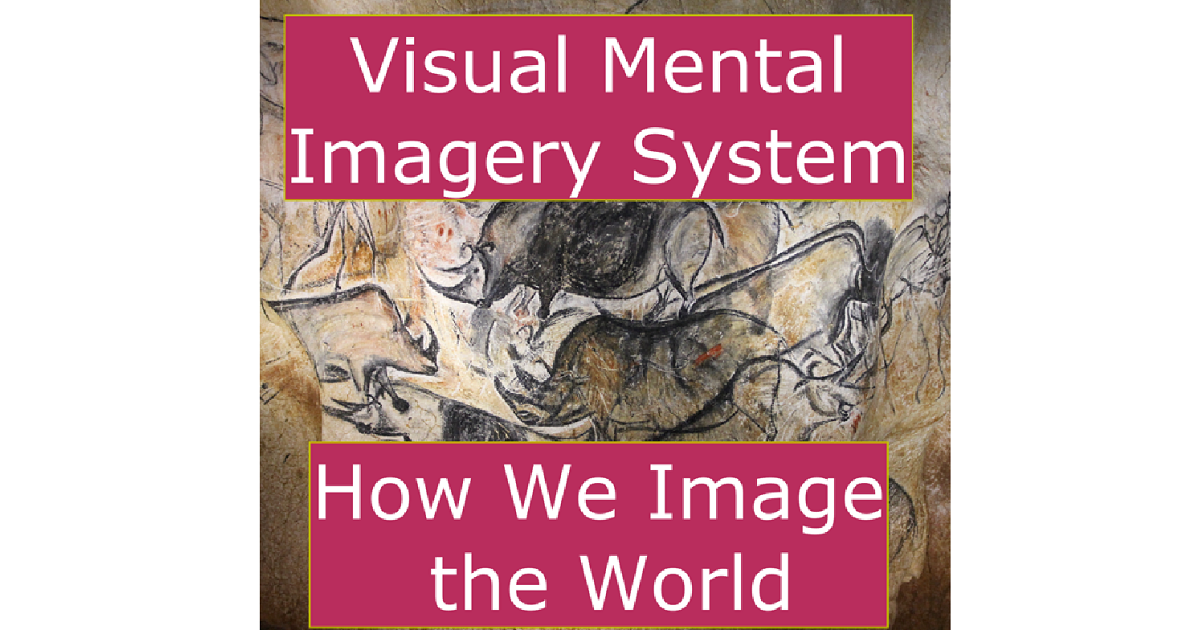Visual Mental Imagery System: How We Image the World
A special issue of Vision (ISSN 2411-5150).
Deadline for manuscript submissions: 31 October 2024 | Viewed by 4074

Special Issue Editor
Special Issue Information
Dear Colleagues,
The aim of the Special Issue is to provide new perspectives on the role of visual mental imagery in how we image the world, both present and future. The Special Issue will comprise research articles from across the spectrum of relevant empirical sciences. We are interested in the role of visual and mental imagery in cognition, imagination and action, directed towards the present or anticipated states of the external world. The Special Issue is expected to enhance our understanding of how human beings image the world with self-awareness in relation to the challenging and changing external environment. Within this theme, there is scope for studies addressing individual differences, phenomenology, imagination, creativity, artistic expression, forecasting, and futures studies. Articles are welcome from authors working in any of the following fields: neuroscience, neuroimaging, vision, cognitive psychology, psychophysiology, creativity research, individual differences, futurology, and consciousness studies.
For inquiries, please contact the Special Issue Editor, David F Marks, PhD at: dfmarksphd@gmail.com
Dr. David F. Marks
Guest Editor
Manuscript Submission Information
Manuscripts should be submitted online at www.mdpi.com by registering and logging in to this website. Once you are registered, click here to go to the submission form. Manuscripts can be submitted until the deadline. All submissions that pass pre-check are peer-reviewed. Accepted papers will be published continuously in the journal (as soon as accepted) and will be listed together on the special issue website. Research articles, review articles as well as short communications are invited. For planned papers, a title and short abstract (about 100 words) can be sent to the Editorial Office for announcement on this website.
Submitted manuscripts should not have been published previously, nor be under consideration for publication elsewhere (except conference proceedings papers). All manuscripts are thoroughly refereed through a single-blind peer-review process. A guide for authors and other relevant information for submission of manuscripts is available on the Instructions for Authors page. Vision is an international peer-reviewed open access quarterly journal published by MDPI.
Please visit the Instructions for Authors page before submitting a manuscript. The Article Processing Charge (APC) for publication in this open access journal is 1600 CHF (Swiss Francs). Submitted papers should be well formatted and use good English. Authors may use MDPI's English editing service prior to publication or during author revisions.
Keywords
- visual mental imagery
- imaging
- imagination
- brain
- mind
- consciousness
- self
- creativity
- schemata
- internal model





